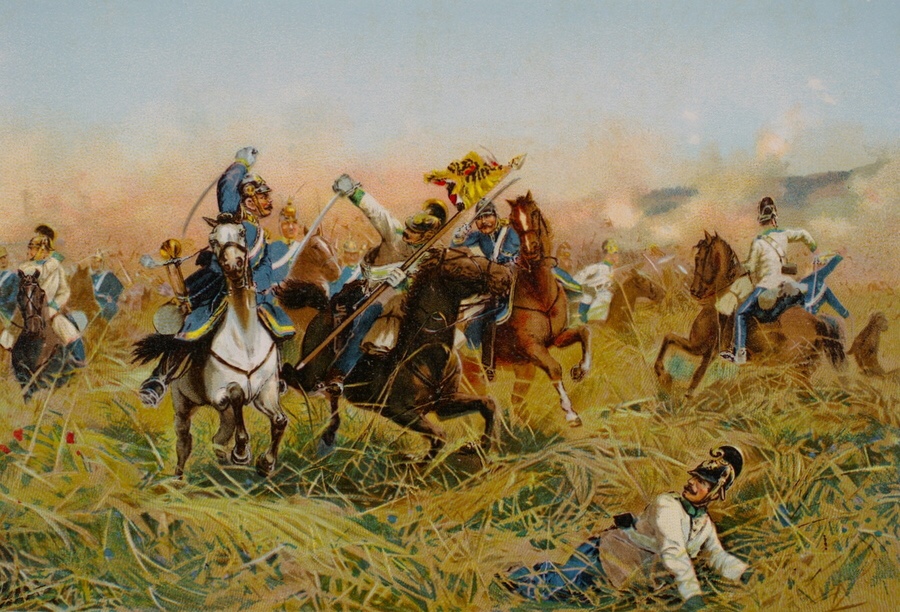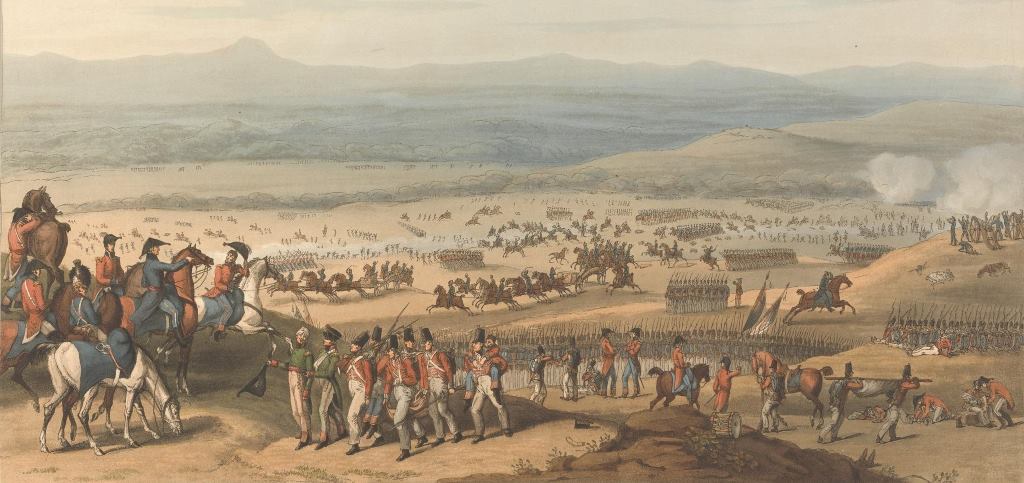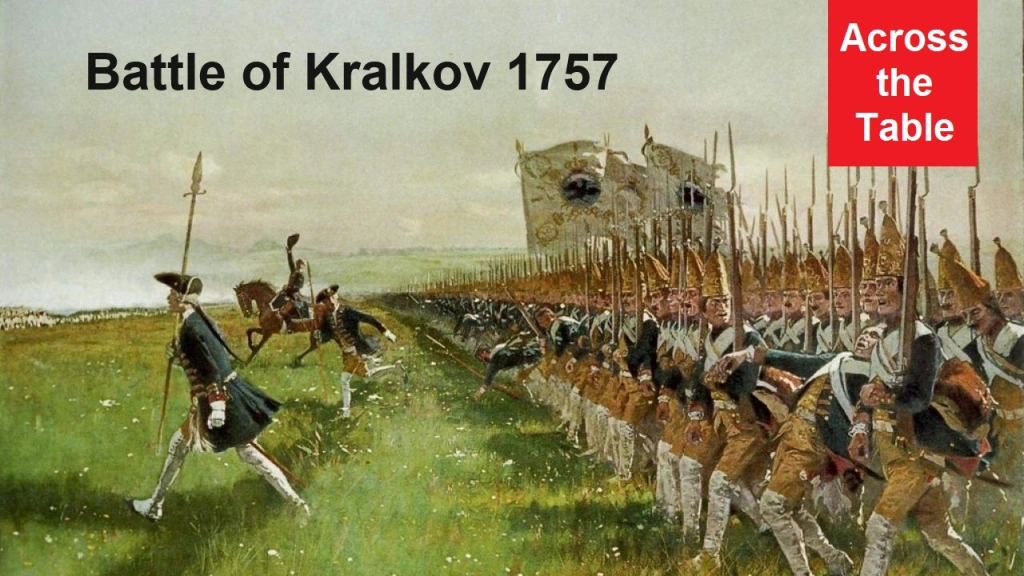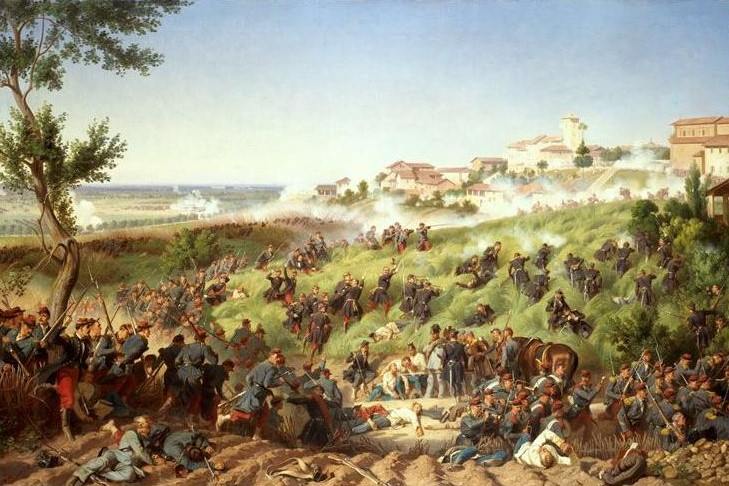In this month’s update I am pleased to report another scenario has gone on-line. This time for the Austro-Prussian War of 1866 and specifically, the Battle of Nachod. While Nachod would be one of the early battles of the war, it was not the first. Indeed, the first major action of the war was not fought in Bohemia but rather in Italy where the newly formed Kingdom of Italy clashed with Austrian forces at Custoza on the 24th of June. Now, just three days later the Austrians and Prussians would clash at Nachod.

The war is fascinating on several levels, not least being that of changing technology and tactics. Prussian infantry are armed with the breechloading Dreyse needle gun which could fire three times the rate of the Austrian Lorenz rifled musket and, unlike the Austrians, allowed the Prussians to reload while prone. Interestingly, Austrian tactical reforms, a result of the Franco-Austrian War of 1859, included the adoption of aggressive infantry attacks which would see them close the range rapidly. Austrian artillery was all rifled and as such was superior to Prussian smoothbore cannon but inferior to the new Prussian Krupp breech-loading cannon. Yet Prussian artillery tactics in 1866 were poor, something that would be redressed before the Franco-Prussian War of 1870. Combined these changing weapons and tactics create interesting tensions both historically but also on the table.
As to the battle, it begins with the advance guard of General Karl Friedrich von Steinmetz’s V Corps occupied the high ground near Nachod as part of a Prussian advance into Bohemia. Elements of the Austrian VI Corps under General Wilhelm von Ramming arrive and attack the Prussians but are repulsed. As more Austrians arrive, they to are ordered forward. A more detailed overview of the battle is provided within the scenario, as well as map, order of battle and arrival times. The scenario can be found in the Austria at War 1848 to 1866 scenario section of this website, or directly here. Finally, to support this scenario and indeed the War of 1866, special rules for Prussian artillery can be found here.


